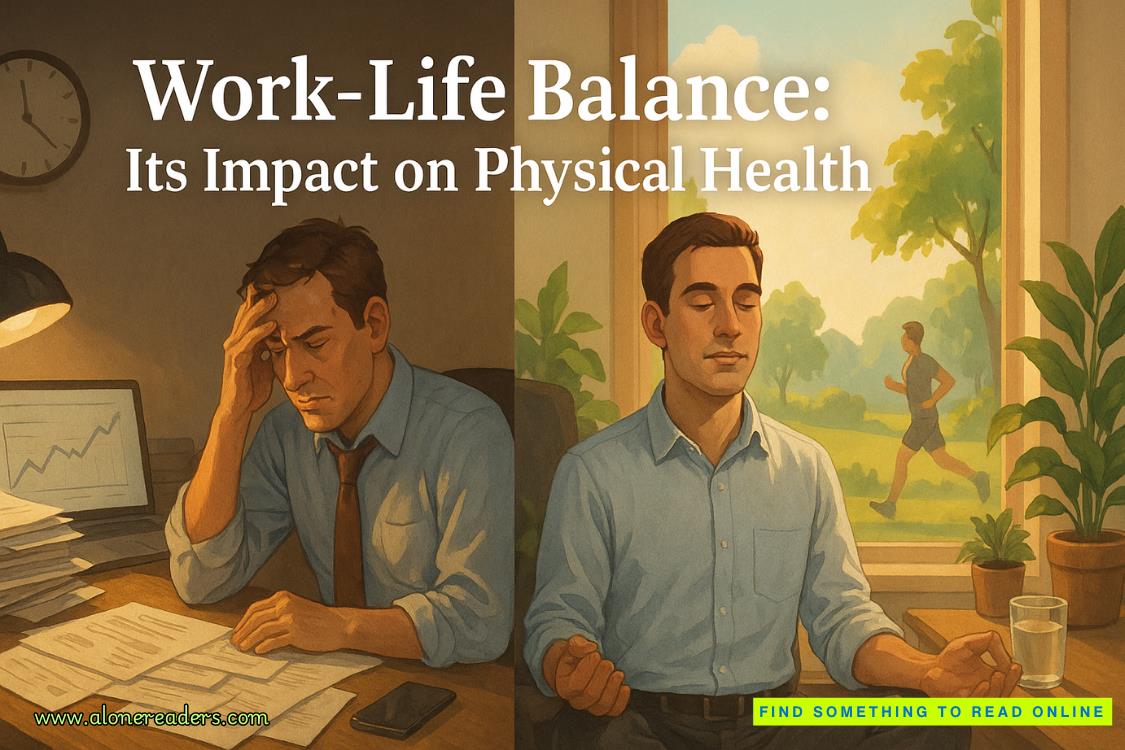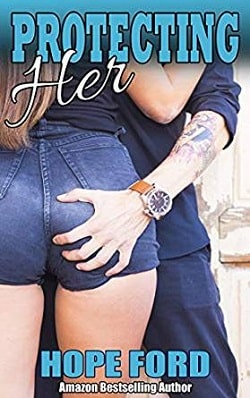The underground chamber stretched nearly the length of a football field. The rounded ceiling was thirty to forty feet high, held aloft by arches that stretched its width and columns that dotted the rectangular hall. Tripod lights had been placed every twenty feet or so on all four sides, casting upward a yellow-orange glow that illuminated what appeared to be a ceiling of crystals, pearls, and gems arranged as stars in a night sky. The floor was fashioned as a massive three-dimensional topographic map with rivers, lakes, oceans, mountains, valleys, temples, palaces, and towns.
“Holy crap,” Cassiopeia muttered.
He agreed. Sima Qian’s account seemed relatively accurate.
The constellations of the heavens were reproduced above and the regions of the earth below.
He noticed a glistening silvery hue from the representations of water.
Mercury.
Using quicksilver, they made the hundred rivers of the land, the Yellow and Yangtse, and the wide sea, and machines kept the waters in motion.
He cringed, but recalled what Pau had said. Preventive measures. He hoped the SOB had at least told the truth about that.
No one was in sight. So who’d switched on the lights? Pau Wen?
He risked another look and determined they were inside the short wall of the rectangle, at the opposite end of what appeared to be the main entrance. All four walls were polished stone alive with carved animal heads and otherworldly images bursting from the lustrous surface. He spotted a tiger, a prone horse, a toad, a frog, a fish, and an ox. Color abounded. Yellow-glazed pillars and arches, vermillion walls, a purple-black ceiling.
At the center stood an elaborate plinth, wider at the bottom than the top, fashioned of what appeared to be jade. Two lights illuminated exquisite carvings that dotted its sides. Nothing lay atop. Bare, like the rest of the chamber. Stone pedestals adorned the four walls, spaced every twenty feet or so, about ten feet off the floor. He realized what they had once held.
Torches were made of oil to burn for a long time.
But not a single lamp could be seen.
Inside Qin’s tomb are hundreds of lamps, all filled with oil. I even lit one.
Another of Pau Wen’s lies.
He’d read enough about Chinese imperial tombs to know that they were designed as symbolic representations of an emperor’s world. Not a monument, but an analogue of life through which the emperor eternally perpetuated his authority. Which meant the hall should be loaded with stuff.
He glanced over at Cassiopeia. Her eyes agreed on their next move.
He stepped from the darkened recess into the lit space. The floor represented the extreme southwestern fringes of Qin Shi’s empire, showing what he knew to be mountain ranges carved of jade. A flat expanse to the north delineated desert, which stretched east toward the heart of the empire. Many meters away were more open plains, plateaus, blankets of trees, mountains, and valleys. Palaces, temples, villages, and towns, all fashioned of gemstone and bronze, sprouted everywhere, connected by what appeared to be a system of roads.
He noticed that the stone panel, which blocked the portal once closed, would have dissolved cleanly into the ornamented wall. An entrance capable of being seen and opened only from the outside. Coiled dragons, humanoid faces, and crested, long-tailed birds sprang from the adjacent walls.
He motioned toward the center with his gun and they threaded their way across the floor, careful to find smooth areas on which to step. He was still worried about the mercury, concerned about vapors, so he bent down close to one of the rivers and saw that the carved channel, maybe a foot wide and a few inches deep, flowed with mercury.
But there was something else, on top. Clear. Oily. He tapped the glistening surface with the tip of the gun and ripples spread. He examined the gun’s end and risked a smell, catching a hint of petroleum.
Then he knew.
“Mineral oil,” he whispered. “Pau coated the mercury with it to hold in the vapors.”
He’d done the same once himself, in a basement floor drain trap, floating the oil on top of the water to slow evaporation, keeping sewer gases at bay. He was relieved to know that the air was not riddled with toxins, but still concerned about not only where Pau Wen had gone, but who else may be around.
They headed for the center plinth, which dominated a prominent platform. He’d been correct. The whole thing had been carved of jade and depicted a multitude of human, botanical, and animal images. The craftsmen had made excellent use of the stone’s varying shades, and he couldn’t resist caressing the translucent surface.
“It’s incredible,” Cassiopeia said. “I’ve never seen anything like it.”
He knew the Chinese considered jade a gift from the gods, the key to everlasting life. It symbolized eternity, and was supposedly imbued with wondrous powers that could protect from evil and bring good luck. That was why Chinese emperors were buried inside funerary suits of jade, sewn together with gold threads and adorned with pearls.
“This was where the emperor lay,” Cassiopeia whispered.
There was no other conclusion. For a culture that prized symbolism, this seemed the ultimate expression.
But the plinth was bare.
He noticed that the top was not smooth. Instead, images had been engraved from end to end, framed by a border of Chinese symbols.
“It’s like the map in Pau Wen’s house,” Cassiopeia said.
He thought the same thing.
He studied the carving closely and saw that it was a compact representation of what the floor depicted—Qin Shi’s empire. What had Pau said about the map hanging in his house? It’s a reproduction of something I once saw. With some changes.
He found his iPhone and snapped a few images of the surrounding room and the map.
“He lay atop his realm,” he whispered.
“But where is he?” she asked.
NI HAD BEEN SHOCKED WHEN THE LEVER HE TWISTED ACTIVATED lights. The premier had told him how power had been run underground to the site and tripods installed. The entire purpose of the incursion had been to ascertain whether the tomb could be used for further propaganda in conjunction with the terra-cotta warriors. But the complex was found empty, every artifact gone, including the emperor himself. Which explained why the government had not allowed any further archaeological exploration. Think of the embarrassment. The questions, none of which came with answers. So a well had been constructed over the makeshift entrance, the area fenced off, and access forbidden.
The premier had wondered if the bulbs would still operate. Most had, illuminating a series of three arched antechambers, and the main burial hall, in a phosphorous glow. He’d been told that the mercury was safe, sheathed by a layer of mineral oil that Pau Wen had applied during the first exploration.
He wondered if Karl Tang would find his way down. Surely he’d found the well, and the removal of the iron plate had left plenty of fresh marks. The sounds of footsteps, approaching from behind, deep in the tunnel from which he had just emerged, confirmed that someone was headed this way.
Then he heard something else.
Movement from within the main burial hall.
And saw shadows dancing across a wall.
Strange.
He stared through the remaining antechambers, which opened one into another, and watched the distant shadows. He was positioned to deal with Karl Tang, gun at the ready.
But he was also trapped.
Between the known and the unknown.
FIFTY-SEVEN
TANG HAD READ ABOUT IMPERIAL TOMBS, EVEN VISITED A COUPLE of notable excavations, but now he was walking inside one totally intact. Clearly, though, someone had been here before. A thick electrical cable lined the base
of the tunnel wall and disappeared into the blackness ahead. Pau Wen? Was that why he’d traveled straight to Xi’an? But Pau had gone underground inside Pit 3, a long way from where Tang stood. No, Ni Yong had entered here. Which meant that his adversary knew things that he did not.
Viktor and the two brothers led the way down the passage, wide as an avenue, black as night. The care in the construction, the detail, the colors—they were all spectacular. Stamped decoration in light relief sheathed the walls. In the weak light of their flashlights he saw scenes of court life, the amusements of nobility, a royal procession, bears, eagles, and mythical beasts. Incense burners, shaped as mountains and fashioned of stone, dotted their path.
Fifty meters ahead a shaft of light revealed an entrance between two polished marble doors, both alive with more carvings. Stone lions flanked either side. Hybrid figures of horned bird-men—intended, he knew, to repel malevolent spirits—sprang from the walls on either side. Above the doorway were carved three symbols:
He knew their meaning. “Beside the capital.” Which was fitting. He recalled what Sima Qian wrote of the First Emperor in Shiji. Qin Shi made up his mind that the population of his empire had grown large while the royal palaces of his ancestors were still small. So he built a massive new palace, south of the Wei River, adjacent to his capital. Nearly seven hundred meters long and more than a hundred meters wide, its galleries had been capable of holding 10,000 people.
He called it Afang, which reflected its location, “beside the capital.”
He studied the doors and discovered that they hung with no hinges. Instead, a convex half sphere had been carved at the top and bottom, then fitted inside a concave opening in the ceiling and floor. He surmised that, most likely, the joints had once been greased with oil.
They stepped through the space where the doors parted, the crack about a meter wide, into a lit room that opened into another, then two more, all supported by wide arches and thick columns. This was a yougong—a secluded place.















